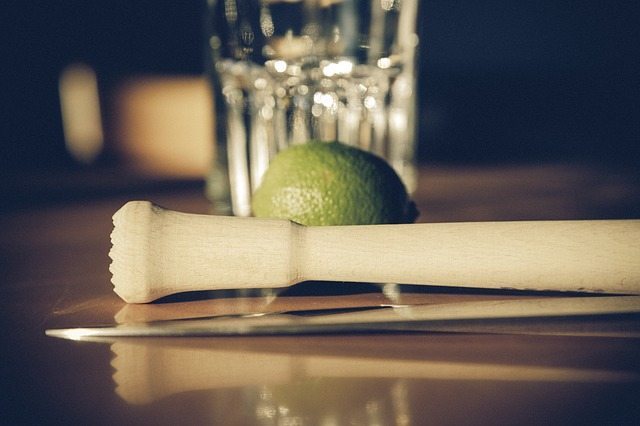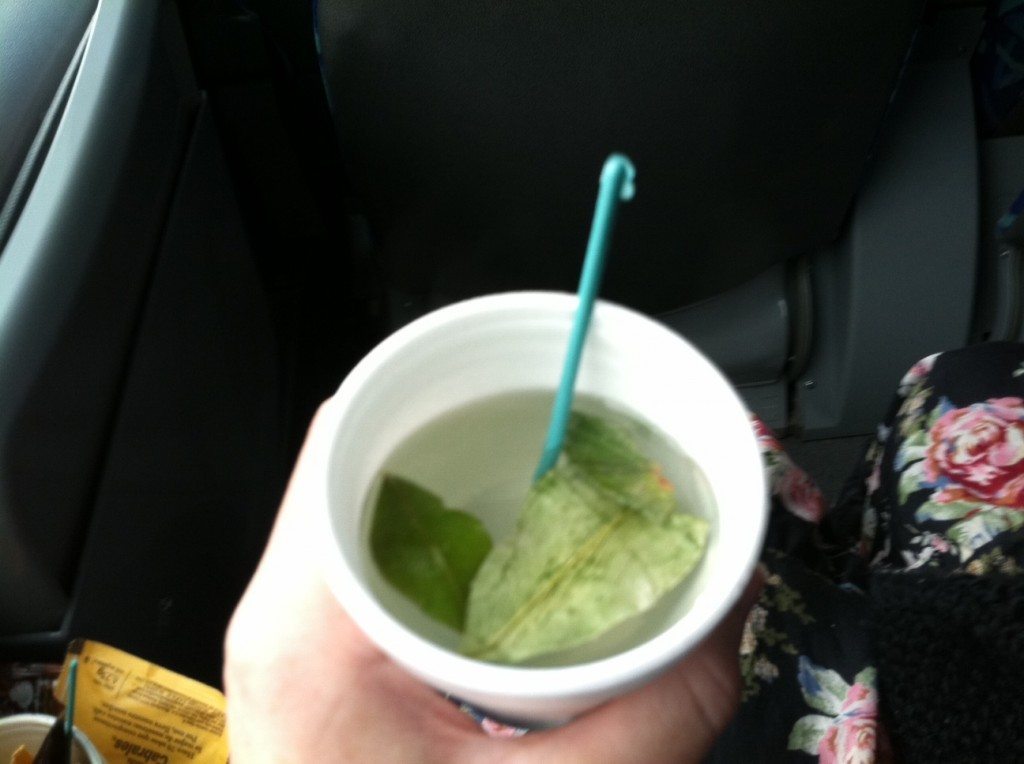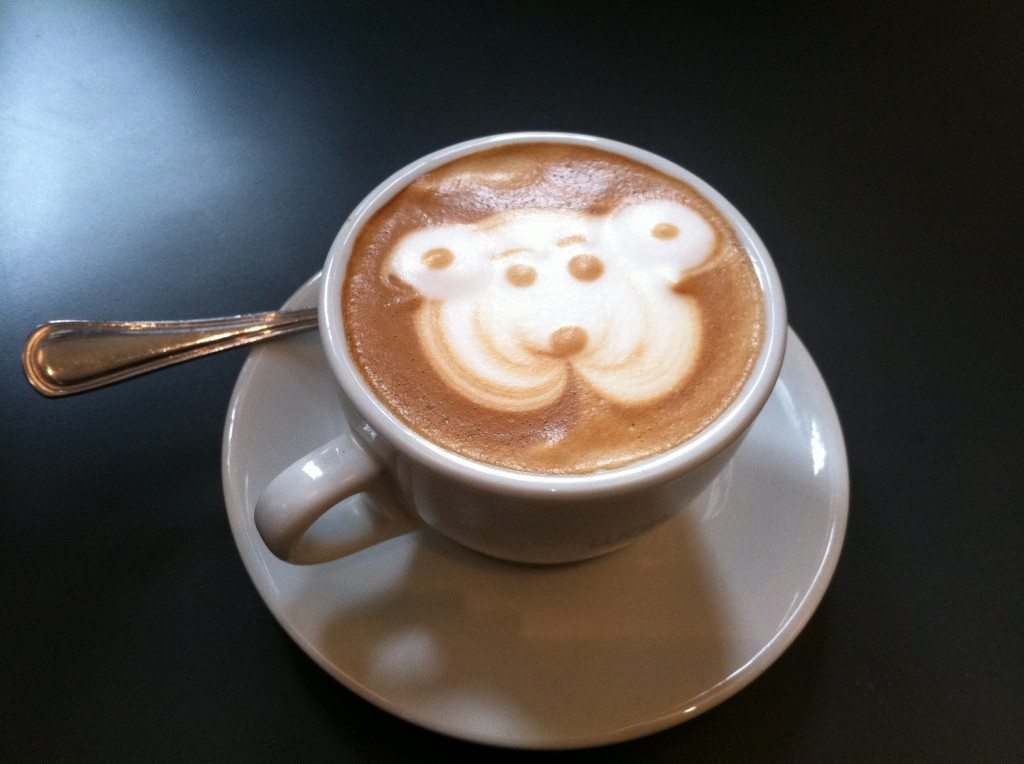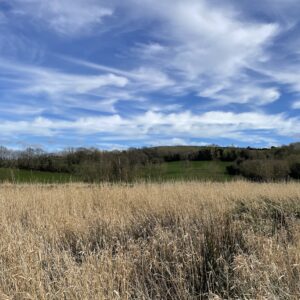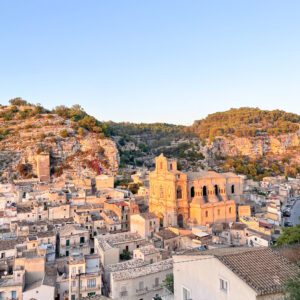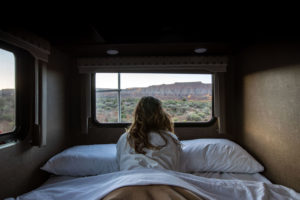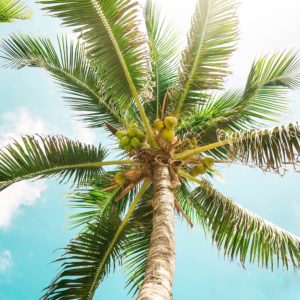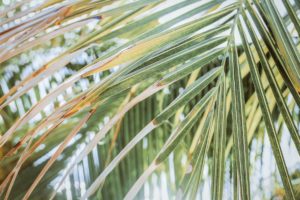I’ve now been to South America twice and consequently have tasted my fare share of alcoholic beverages and herbal concoctions. In fact, just thinking about them makes me want to dash back for happy hour. If you are planning a trip to South America, make sure to try at least three drinks on this list.
First, let’s discuss some alcoholic beverage options:
Pisco Sour: Both Peru and Chile are still arguing over who officially owns the bragging rights to pisco sours. Regardless, you can easily find this drink in any bar in Peru or Chile. Some bars serve them in champagne glasses (perfect for imitating a NYC boozy brunch) while other restaurants add an extra flavor like grapefruit to make it a little sweeter.
If you are in Chile, you may stumble upon these pisco sour spin-offs:
Ají Sour (with a spicy green chili)
Mango Sour (with mango juice)
Sour de Campo (with ginger and honey)
Sour Haas (with avocados, pineapple, and mint).
Piscos in Peru may also have additional flavorings such as aguaymanto, cocona or coca leaves. A Chilcano is made with Peruvian pisco and ginger ale, honey and lemon serve as main ingredients.
Piscola: If you want a more “manly” drink, order a piscola. It’s basically pisco and coke. Don’t be surprised when the bartender fills your glass with pisco and only a touch of alcohol. These drinks are strong. If only NYC bartenders were this generous.
Fernet: Before I tried Fernet, I was warned that it generally takes three separate drinking sessions to appreciate the taste. With an intro like that, I was slightly hesitant to even bother with trial #1. Strangely enough, Fernet does start tasting better after the third or fourth serving (although it’s not recommended to have that many). Most Argentinians opt to combine the bitter drink with coke. While some of the ingredients are unknown, Fernet is made from a variety of herbs and spices and has an almost black-licorice taste to it.
Now onto some non-alcoholic but equally stimulating drinks:
Coca Tea: Before you accuse me of being a druggie, remember that coca tea is not made from actual cocaine leaves. The tea is encouraged for travelers to Peru, Bolivia and other countries with high altitude because the leaves create a soothing sensation to the stomach and helps relieve headaches. It also gives you a major boost of energy, especially if you get used to drinking coca tea multiple times a day like I did on my first visit to South America.
Mate: You can find this herbal drink in just about any South America country; Uruguay, Argentina, Paraguay, Brazil, Chile, Bolivia, and parts of Syria and Lebanon are all proud mate drinkers. It is served by pouring hot water over dried leaves of yerba mate and drunk from a metal straw which is called a bombilla in some South American countries. Mate is passed from one drinker to the next, so if you are a “germaphobe”, it’s best you not drink mate, as refusing to share a straw with those around you can be seen as an offensive gesture.
Coffee: You can’t go wrong with a good cup of Joe, although travelers to Chile sometimes complain about the not-so-amazing coffee. When I was in Santiago, I pretty much hit up every coffee shop in town and I was perfectly content with the quality of coffee.
Like Bohemian Trails on Facebook and Tweet me at @BohemianTrails
